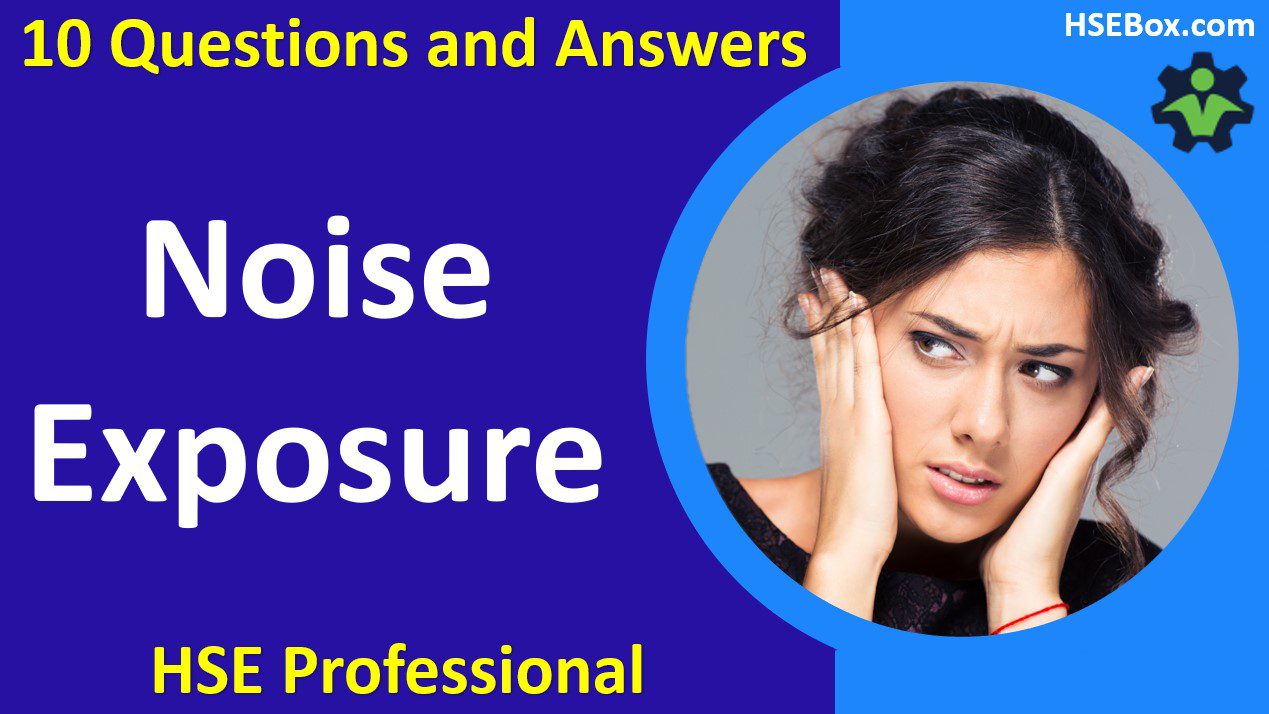Hazardous noise exposure in the workplace poses a significant risk to the health and well-being of employees. Prolonged or excessive exposure to loud noise levels can result in irreversible hearing damage, leading to noise-induced hearing loss (NIHL) and other related health issues. The construction industry, manufacturing plants, and various other sectors often involve high noise levels due to machinery, equipment, and processes.
Employers have a crucial responsibility to identify, assess, and control hazardous noise levels to protect their workers’ hearing health. This involves conducting noise assessments, implementing appropriate control measures, providing proper training and personal protective equipment (PPE), and monitoring the effectiveness of noise control programs. Workers, on their part, need to be aware of the risks, follow safety guidelines, and actively participate in safeguarding themselves against hazardous noise exposure.
By prioritizing the management of hazardous noise exposure, employers and employees can create a safer work environment and ensure the long-term hearing health and well-being of everyone involved.
1. What is considered hazardous noise exposure in the workplace?
Hazardous noise exposure refers to prolonged or excessive exposure to loud noise levels in the workplace, typically above 85 decibels (dB). It can arise from various sources such as machinery, equipment, tools, or processes that generate loud sounds.
Prolonged exposure to high noise levels can lead to irreversible hearing damage, including noise-induced hearing loss (NIHL) or tinnitus. It is crucial for employers to identify and control hazardous noise levels to protect their workers’ hearing health.
2. How can employers measure and assess noise levels in the workplace?
Employers can conduct noise assessments to measure and assess noise levels in the workplace. This is typically done using sound level meters or dosimeters, which measure the intensity and duration of noise exposure. The measurements are then compared to regulatory standards to determine if they exceed permissible exposure limits (PELs).
The assessment involves measuring noise levels at various locations and job tasks to identify areas with excessive noise. It helps employers identify the need for noise control measures, such as engineering controls or personal protective equipment (PPE), to reduce noise exposure and protect workers.
3. What are the potential health effects of hazardous noise exposure?
Prolonged exposure to hazardous noise levels can lead to various health effects. The most common is noise-induced hearing loss (NIHL), which is permanent and irreversible. NIHL typically occurs gradually over time, starting with difficulty hearing high-frequency sounds and progressing to an overall loss of hearing ability.
Additionally, hazardous noise exposure can cause tinnitus, a persistent ringing or buzzing sensation in the ears. It can also contribute to other health issues, including increased stress levels, reduced concentration, communication difficulties, and decreased overall quality of life.
4. How can employers control and reduce noise exposure in the workplace?
Employers can implement a hierarchy of controls to control and reduce noise exposure in the workplace. The hierarchy includes engineering controls, administrative controls, and the use of personal protective equipment (PPE).
Engineering controls involve modifying or replacing equipment to reduce noise levels at the source. Examples include using quieter machinery or installing noise barriers and enclosures. Administrative controls focus on work practices, such as limiting exposure time or rotating workers to reduce overall exposure. If these measures are insufficient, employers should provide appropriate PPE, such as earmuffs or earplugs, to employees exposed to hazardous noise.
5. What are some signs that indicate potential hazardous noise exposure?
Signs that may indicate potential hazardous noise exposure include difficulty hearing conversations or sounds at normal volumes, the need to raise the voice to be heard, experiencing temporary hearing loss or ringing in the ears after leaving the workplace, or noticing excessive noise levels during work tasks.
If workers or supervisors observe any of these signs, it is crucial to report them to the employer or the designated safety personnel to initiate further assessment and necessary control measures.
6. Are there regulations or standards regarding hazardous noise exposure?
Yes, many countries have regulations or standards in place to address hazardous noise exposure in the workplace. For example, in the United States, the Occupational Safety and Health Administration (OSHA) has set permissible exposure limits (PELs) to ensure safe noise levels.
These regulations outline the maximum noise exposure limits, requirements for noise monitoring and assessment, controls to reduce noise levels, and the provision of hearing protection. Employers should familiarize themselves with the specific regulations and standards applicable in their region and ensure compliance.
7. What are the responsibilities of employers in managing hazardous noise exposure?
Employers have several responsibilities when it comes to managing hazardous noise exposure. These include conducting noise assessments, implementing control measures, providing appropriate training and information to employees, and ensuring the proper use of personal protective equipment.
Employers should also monitor and maintain control measures, conduct regular hearing tests for employees, and establish a program for reporting and investigating any concerns related to hazardous noise exposure.
8. How can workers protect themselves from hazardous noise exposure?
Workers can protect themselves from hazardous noise exposure by following the safety guidelines provided by their employer. This may include wearing appropriate hearing protection, such as earmuffs or earplugs, in areas with excessive noise levels.
Workers should also participate in training programs on noise hazards, learn how to properly use and maintain hearing protection devices, and report any concerns or changes in their hearing to their supervisors or occupational health departments.
9. Are there any exemptions for certain industries or job tasks regarding noise exposure limits?
Some industries or job tasks may have specific exemptions or different noise exposure limits due to the nature of the work. For example, the construction industry often involves high noise levels, but the use of certain equipment may make it challenging to meet standard limits.
In such cases, employers should consult relevant regulations and standards specific to their industry or job tasks and ensure they are implementing appropriate control measures to minimize noise exposure as much as reasonably achievable.
10. Can regular hearing tests help in managing hazardous noise exposure?
Yes, regular hearing tests, also known as audiometric testing, play a vital role in managing hazardous noise exposure. These tests assess workers’ hearing ability over time and can detect early signs of hearing loss or changes in hearing levels.
By conducting periodic hearing tests, employers can identify individuals who may be experiencing noise-related hearing damage and take necessary actions, such as providing additional training, adjusting control measures, or offering medical referrals. Regular hearing tests are essential for monitoring the effectiveness of noise control programs and ensuring the overall well-being of workers’ hearing health.
Conclusion,
It’s important for employers and workers to collaborate and take proactive steps to prevent and mitigate the risks associated with hazardous noise exposure. By implementing appropriate control measures and promoting awareness, a safer and healthier work environment can be achieved.
Download Now for FREE!!
Available only for all registered Users, does not require any payment to download.
| Title | |||
|---|---|---|---|
|
Mechanical power transmission apparatus 1 513 downloads |
Checklist, Free Files | October 21, 2022 | Please login to download |
|
Machine guarding 1 513 downloads |
Checklist, Free Files | October 21, 2022 | Please login to download |
|
HEALTH AND SAFETY MANUAL 1 13453 downloads |
Free Files, Learning/Training | October 14, 2022 | Please login to download |




